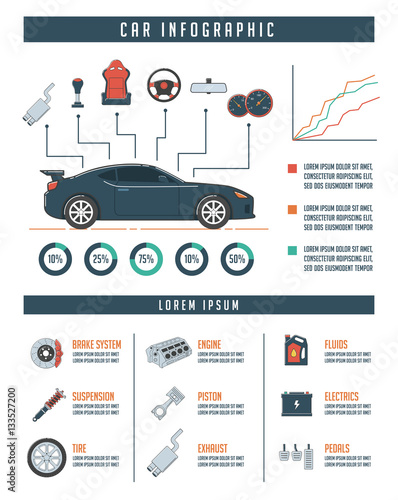Looking For Clearness On The Warning Lights Presented On Your Vehicle'S Dashboard? Discover How They Connect To Your Vehicle'S Health And Safety
Looking For Clearness On The Warning Lights Presented On Your Vehicle'S Dashboard? Discover How They Connect To Your Vehicle'S Health And Safety
Blog Article
discover here -Samuelsen Winters
When you lag the wheel, those radiant warning lights on your dashboard can be a bit difficult. Do you recognize what they're attempting to inform you concerning your cars and truck's health? Recognizing the significance of these lights is essential for your safety and the durability of your automobile. So, the next time one of those lights pops up, wouldn't you intend to decipher its message accurately and take the needed actions to address it?
Common Warning Lighting and Interpretations
Recognize usual warning lights in your auto and recognize their significances to make sure risk-free driving.
The most regular warning lights consist of the check engine light, which signifies concerns with the engine or discharges system. If under car sealing near me begins, it's vital to have your car inspected immediately.
The oil stress advising light shows low oil stress, needing immediate focus to stop engine damage.
A blinking battery light may suggest a malfunctioning billing system, potentially leaving you stranded otherwise dealt with.
The tire pressure surveillance system (TPMS) light notifies you to low tire stress, impacting car security and gas effectiveness. Ignoring this could lead to harmful driving conditions.
The ABS light shows a trouble with the anti-lock stopping system, compromising your capacity to stop swiftly in emergencies.
Finally, great post to read cautioning light warns of engine getting too hot, which can cause extreme damage otherwise dealt with promptly.
Recognizing these typical warning lights will aid you attend to problems without delay and preserve secure driving problems.
Significance of Prompt Interest
Comprehending the common warning lights in your car is only the very first step; the significance of immediately attending to these cautions can't be highlighted enough to ensure your safety and security on the road.
When a warning light illuminates on your control panel, it's your vehicle's way of communicating a possible concern that needs focus. Ignoring these cautions can result in much more serious issues later on, jeopardizing your safety and possibly costing you extra in repairs.
Motivate focus to cautioning lights can prevent malfunctions and mishaps. For example, a flashing check engine light can indicate a misfire that, if left ignored, could create damage to the catalytic converter. Resolving this immediately can save you from a costly repair.
Likewise, a brake system cautioning light might signal low brake fluid or worn brake pads, essential components for your safety when driving.
DIY Troubleshooting Tips
If you see a warning light on your dashboard, there are a couple of DIY repairing suggestions you can try before looking for specialist assistance.
The primary step is to consult your automobile's manual to understand what the details warning light shows. Often the concern can be as straightforward as a loose gas cap triggering the check engine light. Tightening the gas cap may solve the problem.
One more usual issue is a low battery, which can cause numerous alerting lights. Examining the battery connections for corrosion and guaranteeing they're safe and secure could fix the issue.
If a warning light continues, you can attempt resetting it by disconnecting the auto's battery for a few mins and after that reconnecting it. In addition, inspecting your lorry's fluid levels, such as oil, coolant, and brake liquid, can help troubleshoot alerting lights connected to these systems.
Final thought
In conclusion, recognizing your car's warning lights is vital for keeping your car running efficiently and securely. By promptly addressing these alerts and knowing what they suggest, you can prevent pricey fixings and possible failures.
Keep in mind to consult your cars and truck's manual for specific information on each alerting light and take action appropriately to make certain a trouble-free driving experience.
Remain informed, stay risk-free when traveling!
